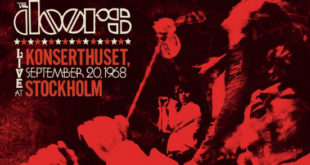Japanese animation (or anime) has been part of the movie industry since its earliest years, but it wasn’t until the 1960’s that the art form found a worldwide audience. Osama Tezuka‘s 1963 sci-fi children’s television series Astro Boy was the first international success. The first giant robot series, Gigantor (original title: Tetsujin 28-go) was released not long afterwards. In both can be seen the beginnings of the giant robot genre (often called "Mecha" by Western fans) as exemplified by the popular Gundam series and its spin-offs.
Though the earliest international anime successes were aimed at children, its audience has since expanded. Directors like Isao Takahata (Only Yesterday) and Satoshi Kon (Tokyo Godfathers) have demonstrated the form's capacity to deal with mature themes and storylines – even as children's television anime like Pokémon and Sailor Moon have found worldwide popularity. Anime aimed at a teen or young-adult audience (e.g., Cowboy Bebop, Death Note) is also plentiful, with many of these showing up on American television via basic cable networks like Cartoon Network or IFC.
Anime can be created as theatrical features, television series, and as Original Video Animation (OVA). In features, Hiyao Miyazaki (Princess Mononoke, Spirited Away, Howl's Moving Castle) has seen the greatest international critical success. His 2001 Spirited Away was the first anime to win the Academy Award for Best Animated Feature.
 Blogcritics The critical lens on today's culture & entertainment
Blogcritics The critical lens on today's culture & entertainment



